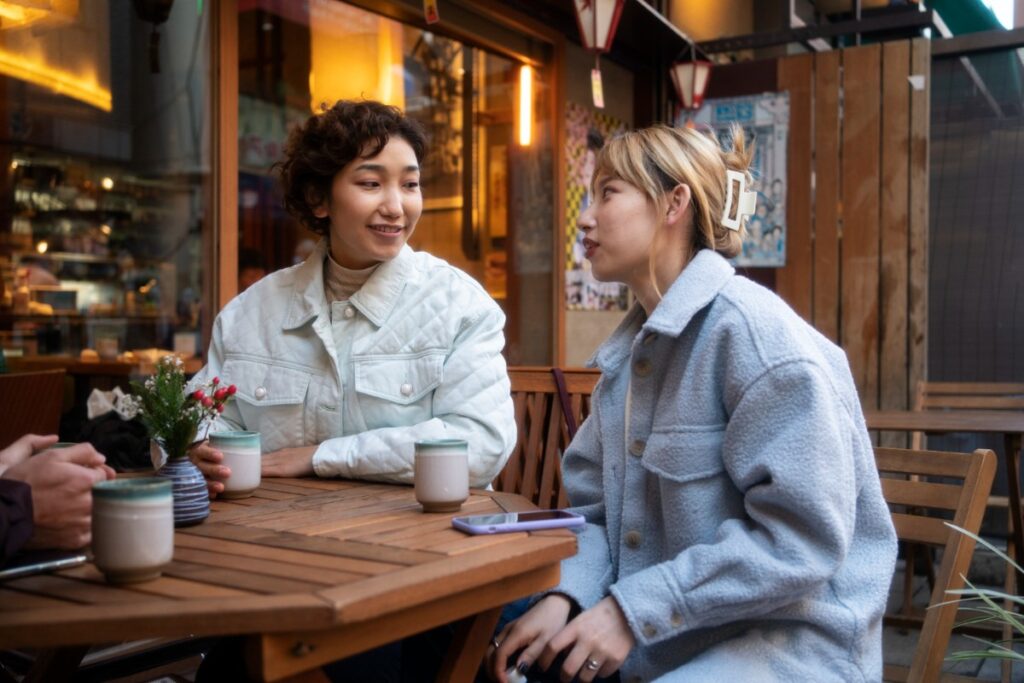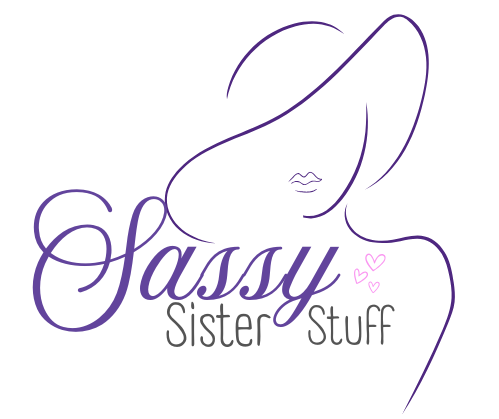12 Polished Ways to Manage Awkward Moments Like a Pro
Awkward moments happen to everyone, whether in social settings, work environments, or casual gatherings. You might find yourself unsure how to react or what to say, which can make these situations feel even more uncomfortable.
Knowing how to handle awkward situations with grace can help you stay calm and confident, turning tension into ease.
Smile and nod genuinely

When you find yourself stuck in an awkward moment, smiling and nodding can be a simple, effective way to show you’re engaged. Your smile should be natural, not forced, so it feels sincere to others around you.
Nodding as you listen signals that you’re paying attention, even if you’re unsure how to respond right away. This nonverbal cue helps keep the conversation flowing without awkward pauses.
Use humor to defuse tension

When things get awkward, a bit of humor can lighten the mood. A quick joke or a playful comment helps you connect with others and eases discomfort.
Keep your humor simple and relevant to the moment. Avoid jokes that might offend or add to the tension.
Change the subject smoothly

When a conversation feels uncomfortable, gently steer it toward a different topic. You could mention something positive happening around you or ask a light question about the other person’s interests.
Try to pick a natural break in the discussion to shift gears. For example, comment on the weather or mention an upcoming event.
Ask open-ended questions

When you sense an awkward pause, try asking open-ended questions. They encourage conversation by inviting more detailed answers instead of simple yes or no responses.
For example, instead of asking, “Did you like the event?” try, “What did you think about the event?” This gives the other person space to share their thoughts and feelings.
Give sincere compliments

When you feel the air get awkward, a genuine compliment can shift the mood. Focus on something specific you genuinely appreciate about the person, like their outfit or a recent accomplishment.
Keep your tone natural and avoid overdoing it. People can usually tell when compliments are not sincere.
A well-placed compliment shows you’re paying attention and can help build a connection. It creates a positive moment and can ease tension quickly.
Excuse yourself politely

When you feel a conversation or situation getting uncomfortable, it’s okay to step away. You can say something simple like, “Excuse me for a moment” or “I’ll be right back.” This shows respect without drawing too much attention.
If you need a longer break, mention a reason briefly, like needing to take a call or use the restroom. Keep your tone friendly and calm to maintain goodwill.
Use empathetic listening

When you listen empathetically, you show the other person that you care about their feelings. This helps them feel understood, which can defuse tension in awkward moments.
Focus on what they are saying without interrupting. Nodding or giving small verbal cues like “I see” helps keep the conversation flowing.
Acknowledge the awkwardness openly

When you sense things are awkward, don’t avoid it. Saying something like, “Well, this is a bit awkward,” can break the tension quickly.
Being honest helps others feel comfortable too. It shows you’re aware and not trying to ignore the elephant in the room.
You don’t need to make a big deal out of it. A simple, light-hearted comment is enough to move past the discomfort.
Offer to help with something

When things get awkward, offering to help can shift the focus and ease the tension. It shows you care and want to improve the situation.
You don’t need to solve a big problem—small gestures work well. Offering to grab a drink, clear a space, or help with a simple task can make everyone feel more comfortable.
Find common ground quickly

When you sense tension, look for shared interests or experiences. Mentioning something neutral like the weather, food, or a recent event can break the ice easily.
Ask simple questions that invite a quick response. This shows you’re interested and helps steer the conversation toward something comfortable for both of you.
Use positive body language

When you feel awkward, your body can give away more than your words. Keep your shoulders relaxed and maintain an open posture. This shows you’re approachable and calm.
Smile gently to ease tension. It signals friendliness and can help both you and others feel more comfortable.
Make eye contact, but avoid staring. It helps create a connection and shows you’re engaged in the moment.
Nod occasionally to show you’re listening. Small gestures can make conversations flow smoother, even during awkward pauses.
Keep answers brief but warm

When you find yourself in an awkward moment, aim to keep your answers short. This helps avoid over-explaining or getting tangled in uncomfortable details.
At the same time, let your tone show kindness. A simple, friendly response can ease tension and keep the conversation positive.







